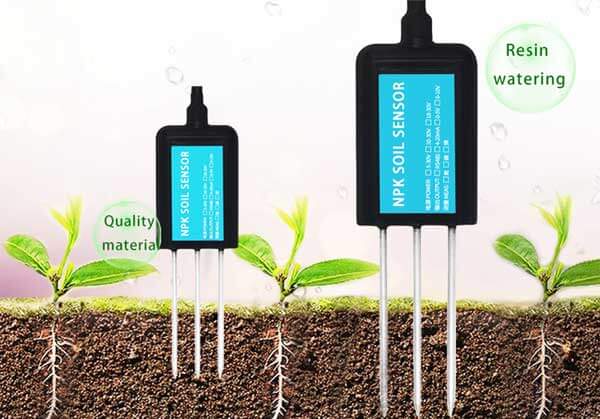The health of our environment is a pressing concern in today’s world. With increasing urbanization, industrialization, and agricultural practices, the need for effective environmental monitoring and management has never been more crucial. One aspect of environmental monitoring that has gained significant attention in recent years is the use of soil sensors. These sensors provide us with valuable insights into the health of our soil and play a vital role in understanding the overall state of our environment. In this article, we will explore the significance of soil sensors in environmental monitoring and discuss their various applications and benefits.

Understanding Soil Sensors
Soil sensors are devices that are specifically designed to measure various properties and parameters of the soil. These sensors can monitor essential soil characteristics such as moisture content, temperature, pH levels, nutrient levels, and even the presence of contaminants. By collecting data on these parameters, soil sensors provide valuable information regarding the overall health and fertility of the soil. This information is crucial for farmers, environmental scientists, and policymakers in making informed decisions and implementing effective soil management practices.
Applications of Soil Sensors
Agriculture: Soil sensors play a crucial role in modern agricultural practices. Farmers can utilize soil sensor data to optimize irrigation practices, ensuring that crops receive the right amount of water at the right time. Excessive or inadequate irrigation can lead to water wastage, reduced crop yields, and increased nutrient leaching. By monitoring soil moisture levels, farmers can make informed decisions about irrigation scheduling, resulting in improved water-use efficiency and crop productivity.
Environmental Conservation: Soil sensors also aid in the monitoring and conservation of natural ecosystems. Understanding soil moisture content and temperature is essential for assessing the overall health of ecosystems such as forests and wetlands. By continuously monitoring these parameters, scientists can identify areas of concern and take appropriate measures to mitigate any negative impacts on the environment.
Land Remediation: Soil sensors are vital tools in land remediation efforts. They can detect the presence of contaminants in the soil, such as heavy metals or pollutants from industrial activities. By accurately measuring the levels of these contaminants, environmental engineers can design and implement efficient remediation strategies to restore the soil’s health and prevent further contamination.
Benefits of Soil Sensors
Increased Efficiency: Soil sensors eliminate the need for manual soil sampling and laboratory analysis, providing real-time data on soil properties. This instant access to information allows for prompt decision-making and enables farmers and environmental scientists to optimize their practices and interventions based on accurate and up-to-date data.
Cost-Effectiveness: Traditional soil sampling and laboratory analysis can be time-consuming and expensive. Soil sensors provide a cost-effective alternative by reducing the need for frequent sample collection and analysis. This not only saves time and money but also allows for more comprehensive monitoring over a larger area.
Sustainable Practices: By providing accurate data on soil moisture levels, temperature, and nutrient content, soil sensors promote sustainable agricultural practices. Farmers can reduce water usage through optimized irrigation, minimize nutrient runoff, and apply fertilizers in a targeted manner. This optimizes resource utilization, reduces environmental impacts, and promotes long-term sustainability in agricultural production.

Conclusion
Soil sensors have revolutionized the field of environmental monitoring, providing us with valuable insights into the health and fertility of our soil. Their varied applications in agriculture, environmental conservation, and land remediation highlight their significance in ensuring sustainable practices and efficient resource management. As technology continues to advance, soil sensors are expected to become even more accurate, affordable, and accessible. With their continued usage, we can cultivate a healthier environment and pave the way for a more sustainable future.
